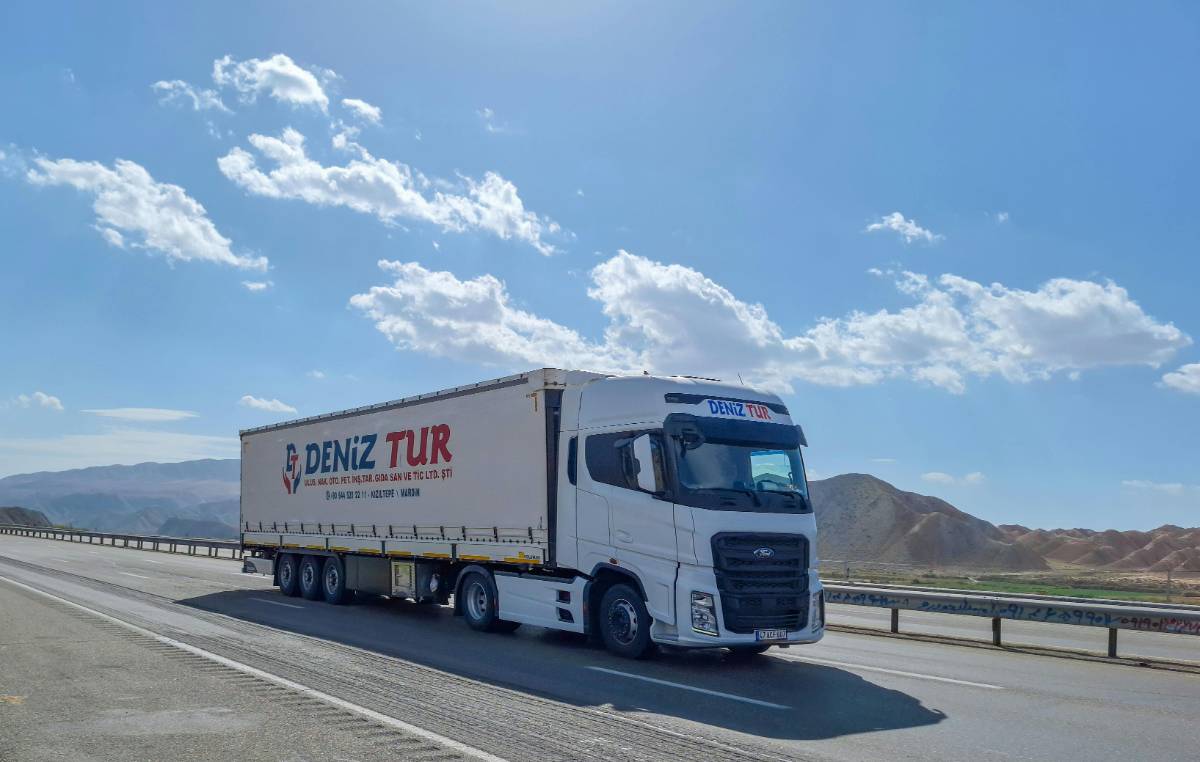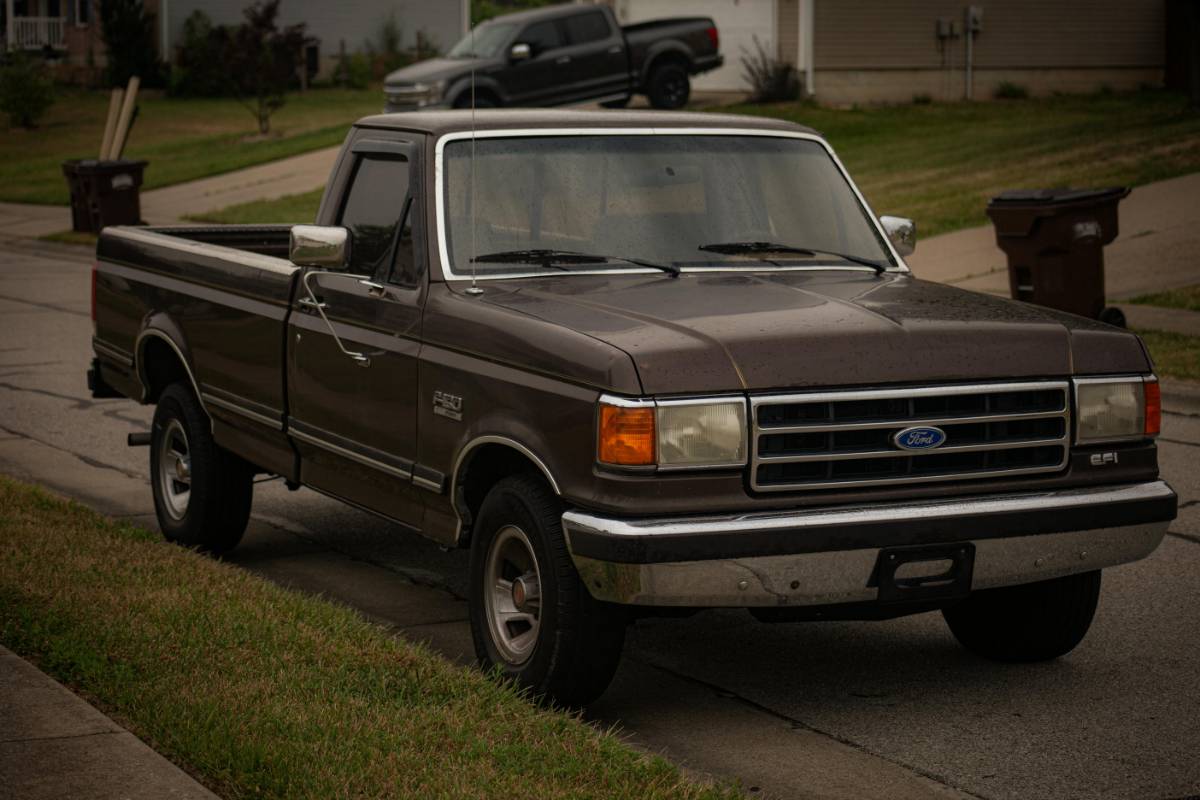
Types of Commercial Truck Insurance Coverage
Commercial truck insurance is essential for protecting trucking businesses, drivers, and cargo while operating on the road. There are various types of coverage available, each designed to address specific risks and legal requirements. Understanding these coverage types will help truck owners and operators choose the right policy for their operations.
Primary Liability Insurance
Primary liability insurance is required by law and covers injuries or damages caused to other people or property when the truck driver is at fault in an accident. It includes both bodily injury and property damage liability. This type of insurance is the minimum requirement for commercial truck drivers to legally operate.
General Liability Insurance
General liability insurance covers accidents and injuries that occur off the road but are still related to trucking operations. This could include incidents that happen during loading or unloading cargo, at truck stops, or on business premises.
Physical Damage Coverage
Physical damage coverage protects the truck itself from damage due to collision, theft, vandalism, or natural disasters. It usually includes two parts: collision coverage and comprehensive coverage. While not legally required, it is crucial for safeguarding your vehicle investment.
Cargo Insurance
Cargo insurance covers the freight or goods being transported in case they are lost, damaged, or stolen during transit. It is especially important for trucking businesses that haul valuable or sensitive cargo. Coverage limits vary based on the type of goods and the value being transported.
Bobtail Insurance
Bobtail insurance provides coverage when a truck is being driven without a trailer, either between loads or after a delivery. Since primary liability may not apply in these situations, bobtail coverage fills the gap.
Non-Trucking Liability (NTL) Insurance
Non-trucking liability insurance covers trucks when they are being used for personal, non-business purposes. This coverage applies when the vehicle is not under dispatch and is being used off the clock by the driver.
You might also like
1. Health Insurance for Self-Employed Individuals in the U.S.2. Types of Insurance Businesses in the United States3. Comparing Insurance Quotes: A Path to Affordability4. Affordable Renters Insurance: What to Look ForTrailer Interchange Insurance
Trailer interchange insurance covers physical damage to a trailer being used under a trailer interchange agreement. This is useful when a trucking company borrows or swaps trailers with other operators.
Medical Payments Insurance
Medical payments insurance covers medical expenses for the driver and passengers in the truck, regardless of who is at fault in an accident. It ensures quick access to funds for injury-related treatments.

Uninsured and Underinsured Motorist Coverage
This type of coverage protects against damages caused by other drivers who either have no insurance or insufficient insurance. It helps cover the costs of injuries or damages that are not paid by the at-fault party.
Rental Reimbursement and Downtime Coverage
Rental reimbursement helps cover the cost of renting a replacement truck if your vehicle is in the shop due to a covered loss. Downtime coverage can provide financial support for income lost while the truck is inoperable.
Conclusion
Selecting the right combination of commercial truck insurance coverages is critical for operating a safe and financially secure trucking business. From basic liability to specialized options like cargo or bobtail insurance, each type of coverage addresses specific operational risks. Evaluate your business needs, the type of freight you haul, and your operating radius to create a customized insurance policy that ensures maximum protection on the road.
About the author
Ethan Harris is a seasoned finance writer with over 8 years of experience helping millennials and Gen Z take control of their money. With a background in economics and a passion for demystifying complex financial concepts, Ananya shares actionable tips on budgeting, investing, and building long-term wealth. Her mission is to make financial literacy accessible, relatable, and empowering — no jargon, just smart money moves.


